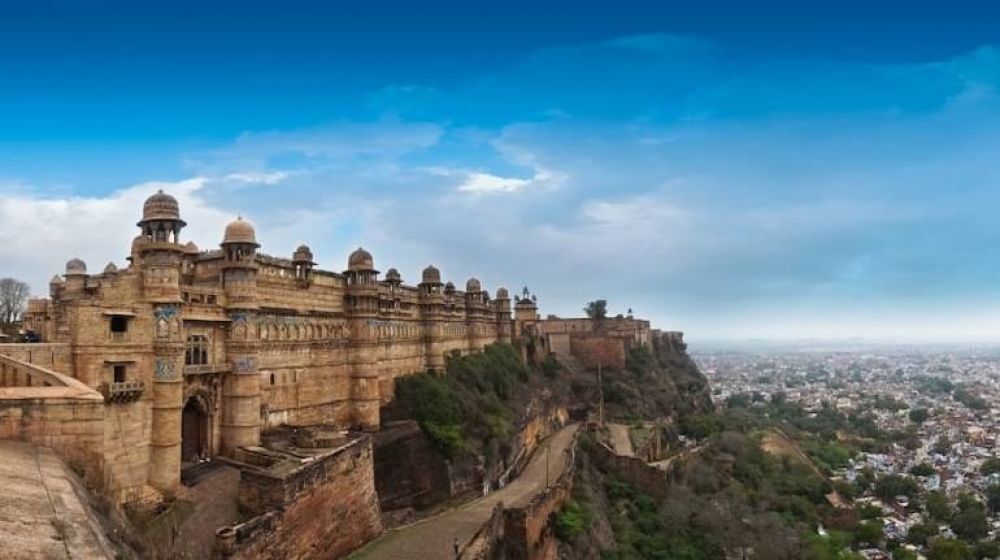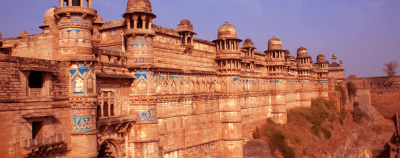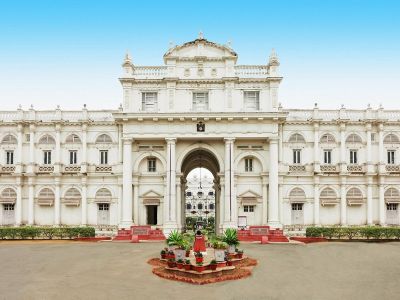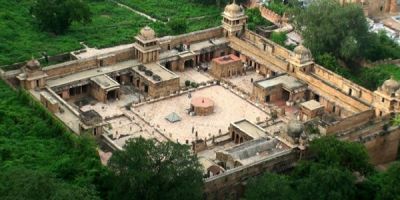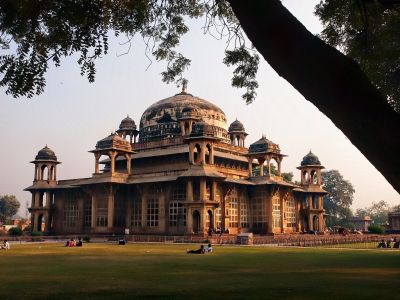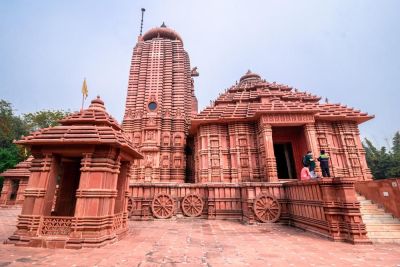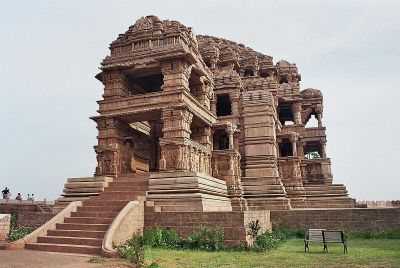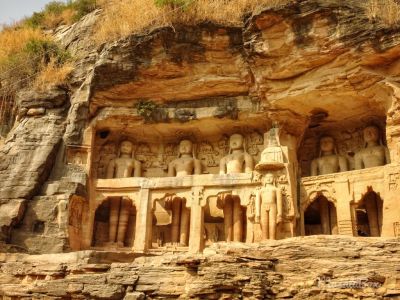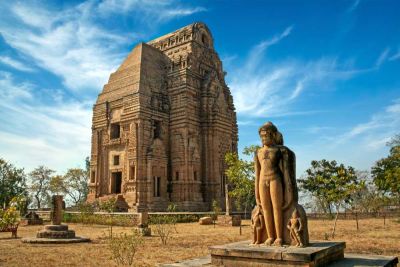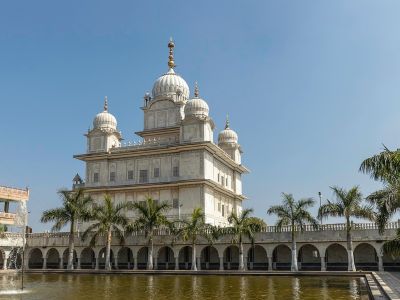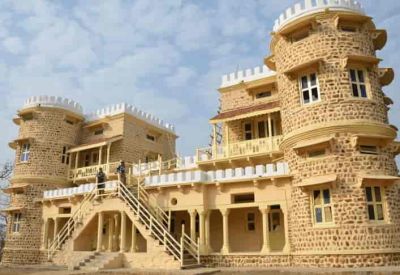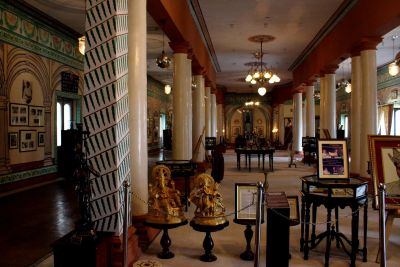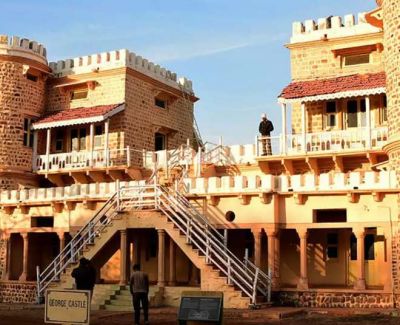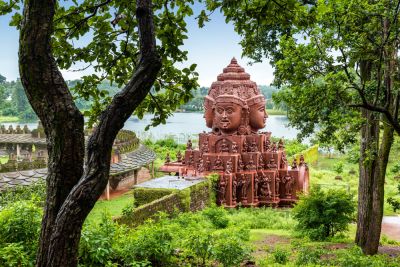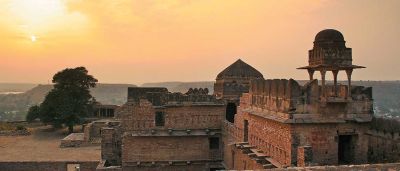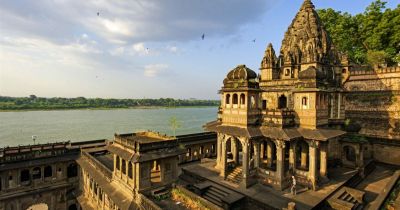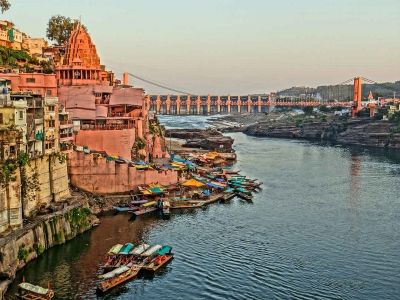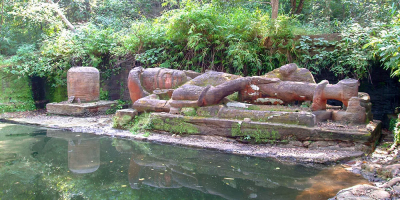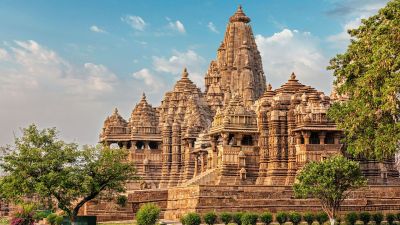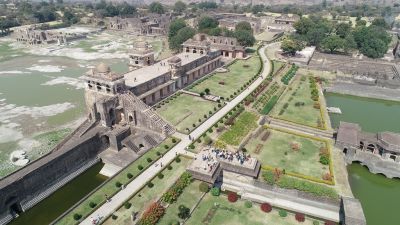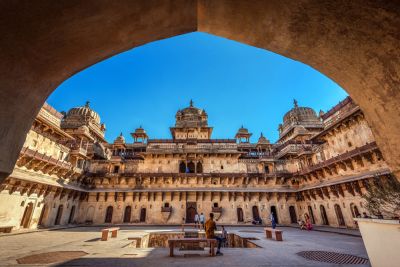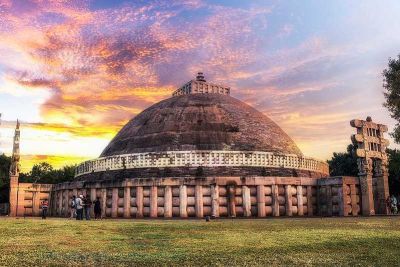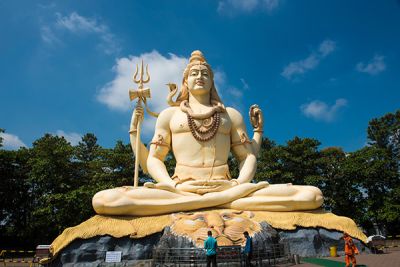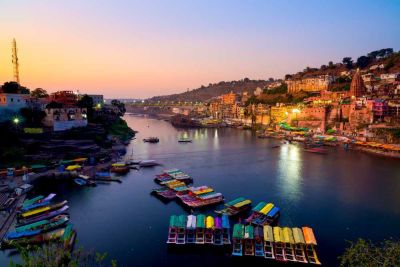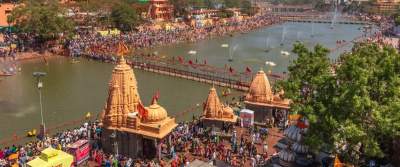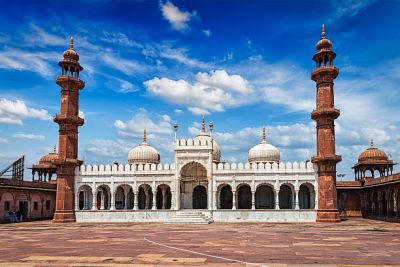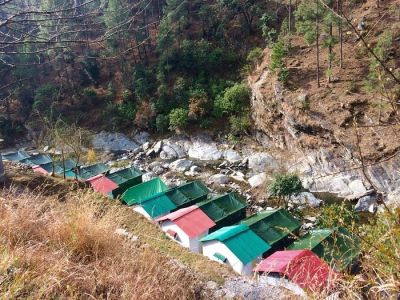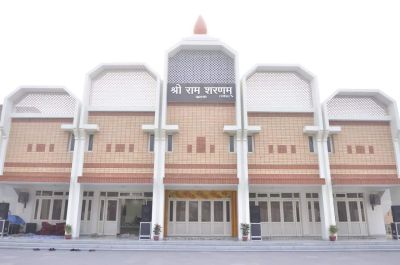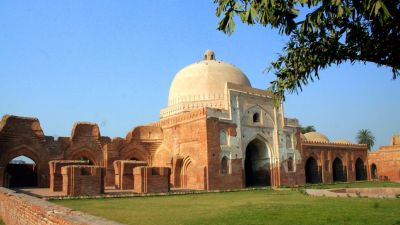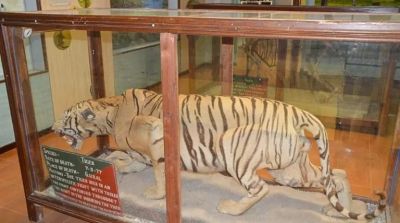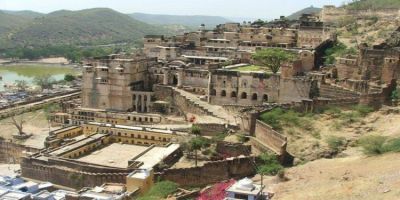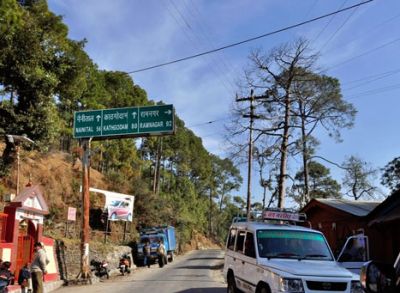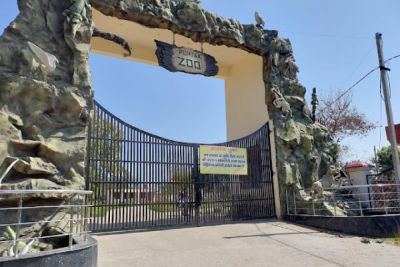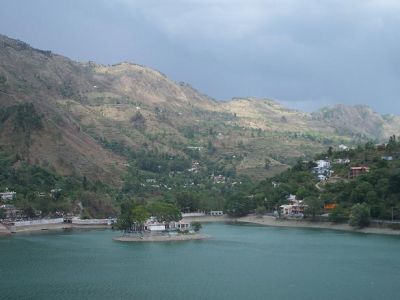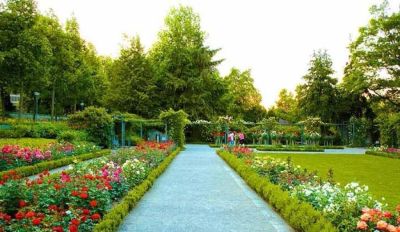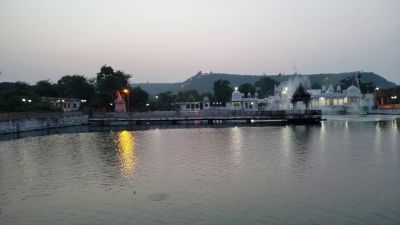Gwalior, located in the heart of India, Madhya Pradesh, is a city steeped in history and grandeur. Known for its palatial structures, forts, and rich tapestry of cultural and historical artifacts, Gwalior's tourism history is as fascinating as it is ancient. The city's strategic location and strong historical significance have made it a popular destination for tourists interested in India's royal and martial past.
A Brief History of Gwalior
Gwalior's history traces back to the 8th century with its name linked to the sage Gwalipa, who cured the chieftain Suraj Sen from leprosy. The impressive Gwalior Fort stands as a testimony to the city's storied past, showcasing several dynasties' legacies that ruled the region. Over the centuries, the city witnessed the rise and fall of several empires, including the Kachchhapaghatas, Tomars, Mughals, Marathas, and the British, all of which have contributed to the region's historical and cultural heritage.
Evolution of Tourism in Gwalior
The dawn of tourism in Gwalior can be traced back to the times when intrepid travelers and scholars started visiting this historic city to study its splendid architecture and intricate art. The establishment of the Indian Railways in the 19th century, with Gwalior being one of the stops, considerably increased the city's accessibility and fueled tourism growth.
Post-independence, the Government of India recognized the tourism potential of Gwalior and implemented various initiatives to preserve its monuments and promote cultural tourism. The Gwalior Trade Fair, which started in 1905, also drew attention to the city's economic and tourism capabilities.
Major Tourist Attractions
- Gwalior Fort: This hilltop fortress has been the city's crowning glory, offering panoramic views and a deep dive into history and architecture.
- Jai Vilas Palace: A symbol of the opulence of the Marathas in Gwalior, home to the Scindias, and now a museum.
- Sas-Bahu Temples: An architectural marvel dedicated to Lord Vishnu, famous for its intricate carvings.
- Tansen Tomb: The final resting place of the legendary musician Tansen, a key figure in Indian classical music.
- Gujari Mahal and Archaeological Museum: Offering a glimpse into the region's history with artifacts dating back to the 1st century AD.
Recent Tourism Trends
In recent years, Gwalior has experienced growth in tourism, thanks to improved infrastructure and heightened global interest in historical destinations. Efforts to enhance the tourist experience include the use of technologies for virtual tours and interactive showcases at monuments.
The city has embraced cultural events such as the Tansen Music Festival, which attracts visitors globally. Eco-tourism is also a growing trend, with visitors seeking a combination of history and nature at places like the Gwalior Zoo and Madhav National Park.
